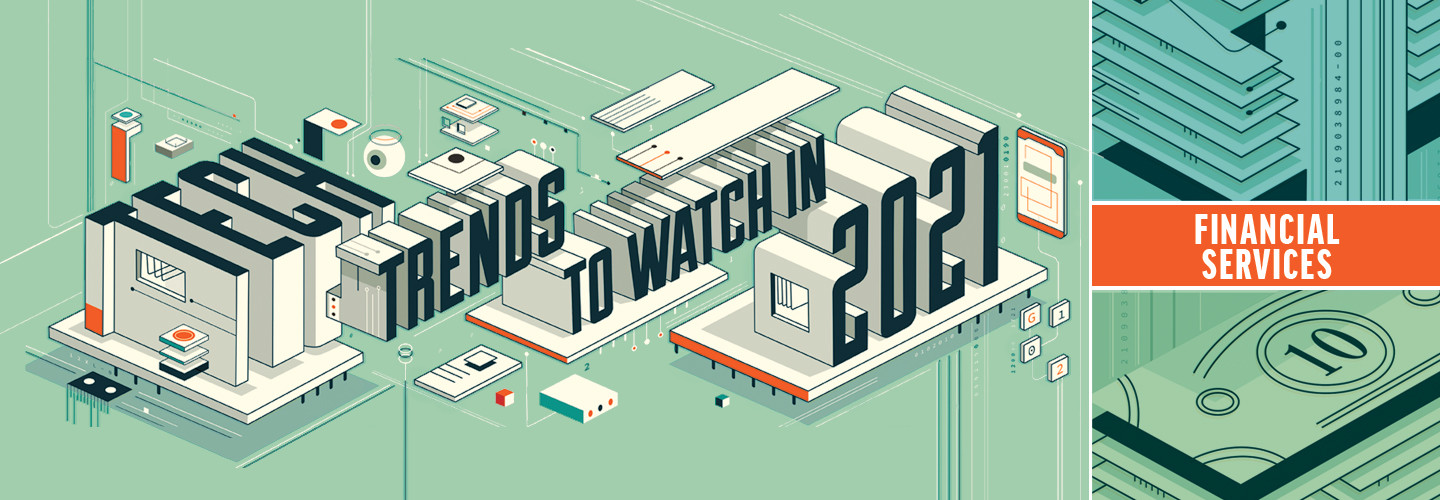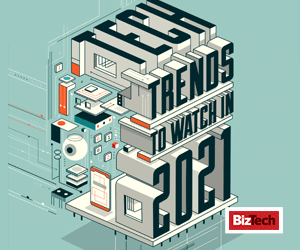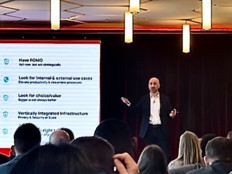Many of the effects of the pandemic have been financial. The economic fallout has had ripple effects through nearly every industry, stretching from Wall Street boardrooms to small-town kitchen tables as people attempted to manage their assets amid so much uncertainty.
While customers looked to regain control of their personal financial strategies, banks and credit unions were going through turmoil of their own. Deemed “essential,” they were allowed to remain open but had to adjust operations to accommodate social distancing guidelines while also adopting remote work tools.
Banks and credit unions were tasked with accelerating their own digital transformation plans and untangling the specifics of new financial programs, all while providing critical services during challenging times for their customers. As the dust settles on 2020, some of the tools they picked up along the way are likely going to last. These are the financial services tech trends to watch in 2021.
1. Banks Will Expand Mobile Strategies
Technology has brought convenience to nearly every industry, and the financial services sector is no different. Mobile banking had already been gaining popularity, and that only increased as the pandemic encouraged customers to stay home. The evolution of mobile banking apps, video banking and remote online notary services has allowed customers to easily bank from anywhere.
Circumstances are also pushing banks to become more mobile internally. Branches can use mobile devices to give employees more flexibility in helping customers and allow those waiting in line to peruse new products or services or even perform basic transactions themselves. All of these can help make service faster and allow customers to keep their distance from each other, two things that will be key to the in-branch experience moving forward.
2. Banks’ Cloud Environments Will Grow More Complex
During remote work, running at least some processes in the cloud has evolved from a trend to a necessity. Financial services is one industry that has historically been resistant to cloud architecture for both security and compliance reasons, and even organizations that are in the cloud often keep those environments simple.
Now that organizations need to be able to enable distributed workloads and support customers from anywhere, banks and credit unions will likely take inspiration from other private businesses and begin adopting more multicloud and hybrid cloud environments. When making these moves, banks will have to make sure they’re addressing key considerations to be successful and secure.
3. The Use of AI Will Expand
Banks have more information available to them than ever before, particularly when it comes to their customers. The expansion of digital services allows for more opportunities to tailor products and services to customers who could benefit from them most, and data analytics-powered artificial intelligence is the technology that can enable it. Personalized marketing can not only help organizations promote their products, it can also help customers find what they’re looking for faster.
Beyond personalized services, AI can also power banks and credit unions behind the scenes. IT environments are becoming increasingly complex between cloud and on-premises operations, and AI can help integrate processes to help employees work more seamlessly.
4. RPA Will Help Banks Increase Efficiency
Speaking of streamlined operations, few tools are more valuable in achieving that than robotic process automation. Automating tasks can free up precious time to handle more complex situations with customers, and in an industry that asks customers to trust organizations with their most personal matters, building that relationship is critical.
RPA can be used to approve customers for loans and move quickly through paperwork. It can also power customer service tools like chatbots and kiosks that can serve customers while employees are tangled up in other matters. Most important, it can help some organizations move on from legacy systems at a time when modernization is no longer negotiable.












